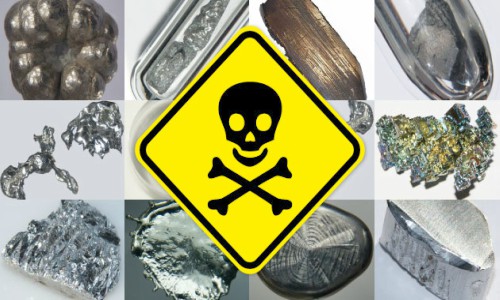Dangerous amounts of heavy metals that have been linked to autism were recently discovered in several major e-cigarette brands.
A study headed by researchers at the Johns Hopkins Bloomberg School of Public Health discovered high levels of toxic metals in the liquid that forms the aerosol, which e-cigarette users inhale as they vape.
This was one of the first studies to examine a cross-section of metals in various e-cigarette brands. Once analyzed the liquid in five brands of first-generation e-cigarettes found cadmium, chromium, lead, manganese, and nickel. The Johns Hopkins researchers ascertained that all five heavy metals, which are highly toxic and carcinogenic when inhaled were found in all five brands, though the heavy metal content varied by brand.
The Food and Drug Administration began regulating e-cigarettes last year but has not yet issued warnings. E-cigarettes may be less harmful than cigarettes for current smokers who switch completely to electronic cigarettes.
A serious concern is the appeal of e-cigarettes to young people who have never smoked and who may decide or later conceive children not knowing that high levels of heavy metals are present in their system, most notably in their reproductive system. Last fall, then-U.S. Surgeon General Vivek Murthy called e-cigarette use by young people a serious concern. E-cigarette use among high school students jumped 900 percent between 2011 and 2015.
The five metals – cadmium, chromium, lead, manganese, and nickel – were present in all five brands, with cadmium markedly lower than the other metals and with a considerable range of concentrations among the brands.
For now, FDA regulations require e-cigarette makers to submit ingredient lists as well as information about potentially harmful ingredients, including four of the five metals analyzed in this study – nickel, lead, chromium, and cadmium. The FDA has yet to announce proposed regulations on e-cigarette labeling.

